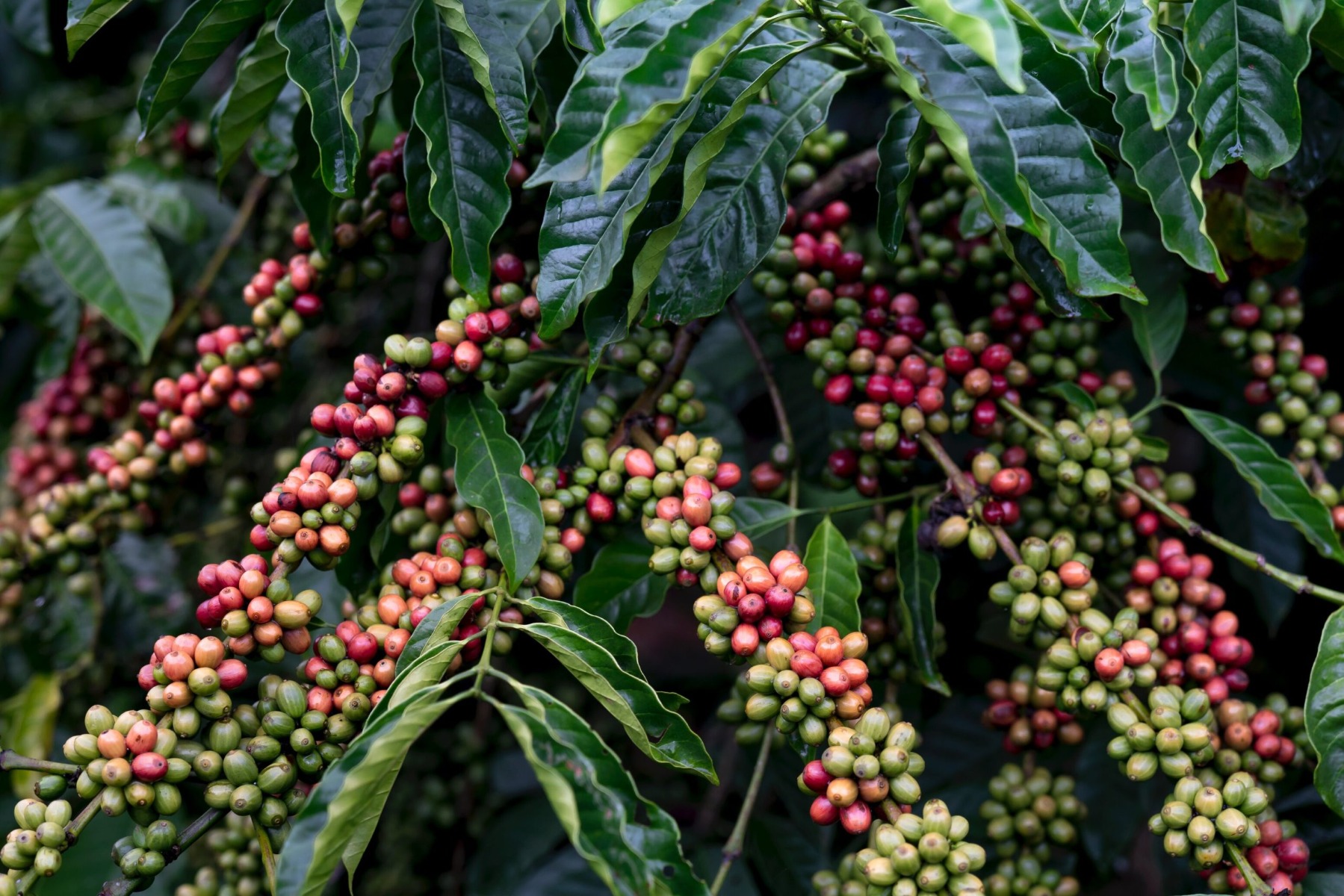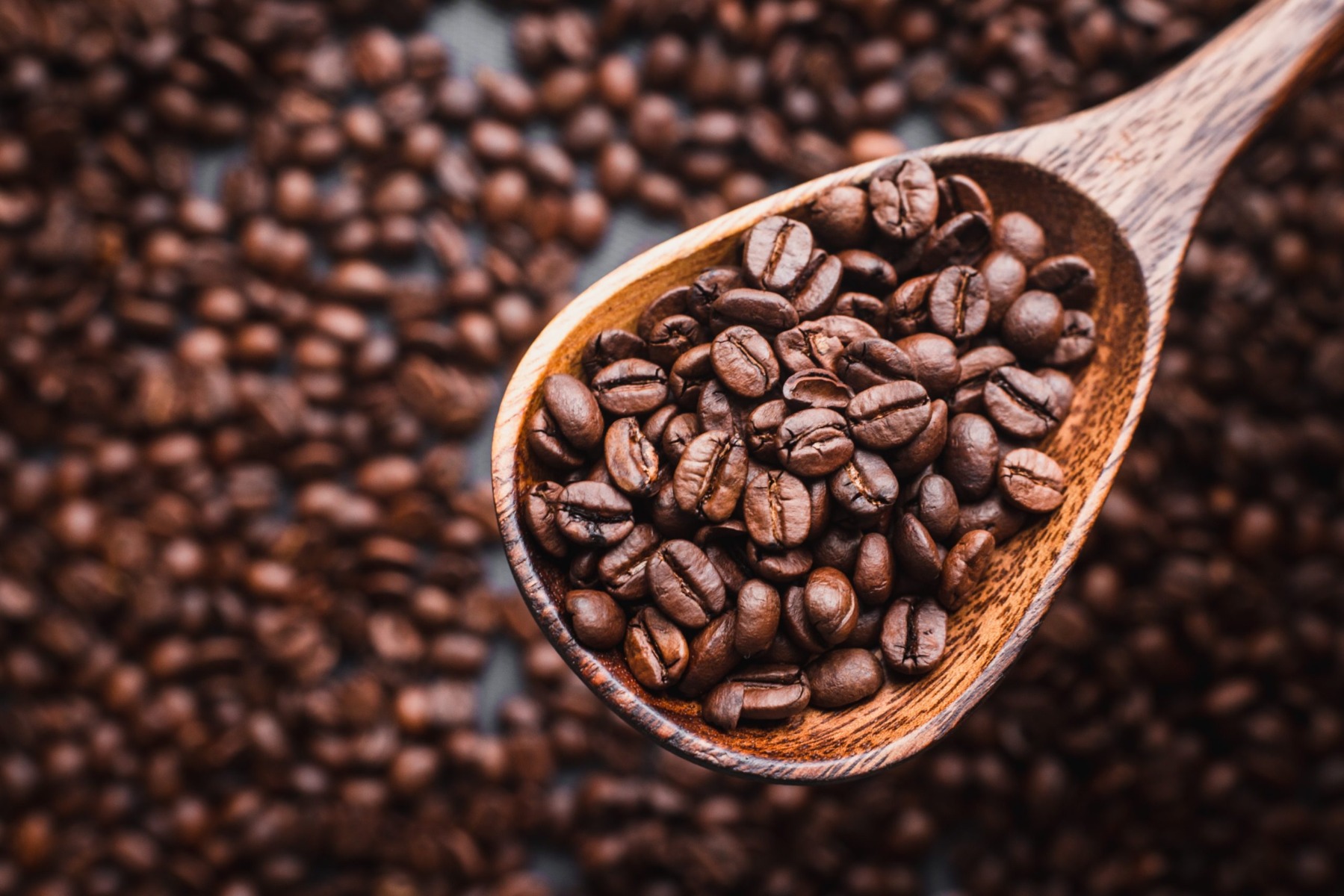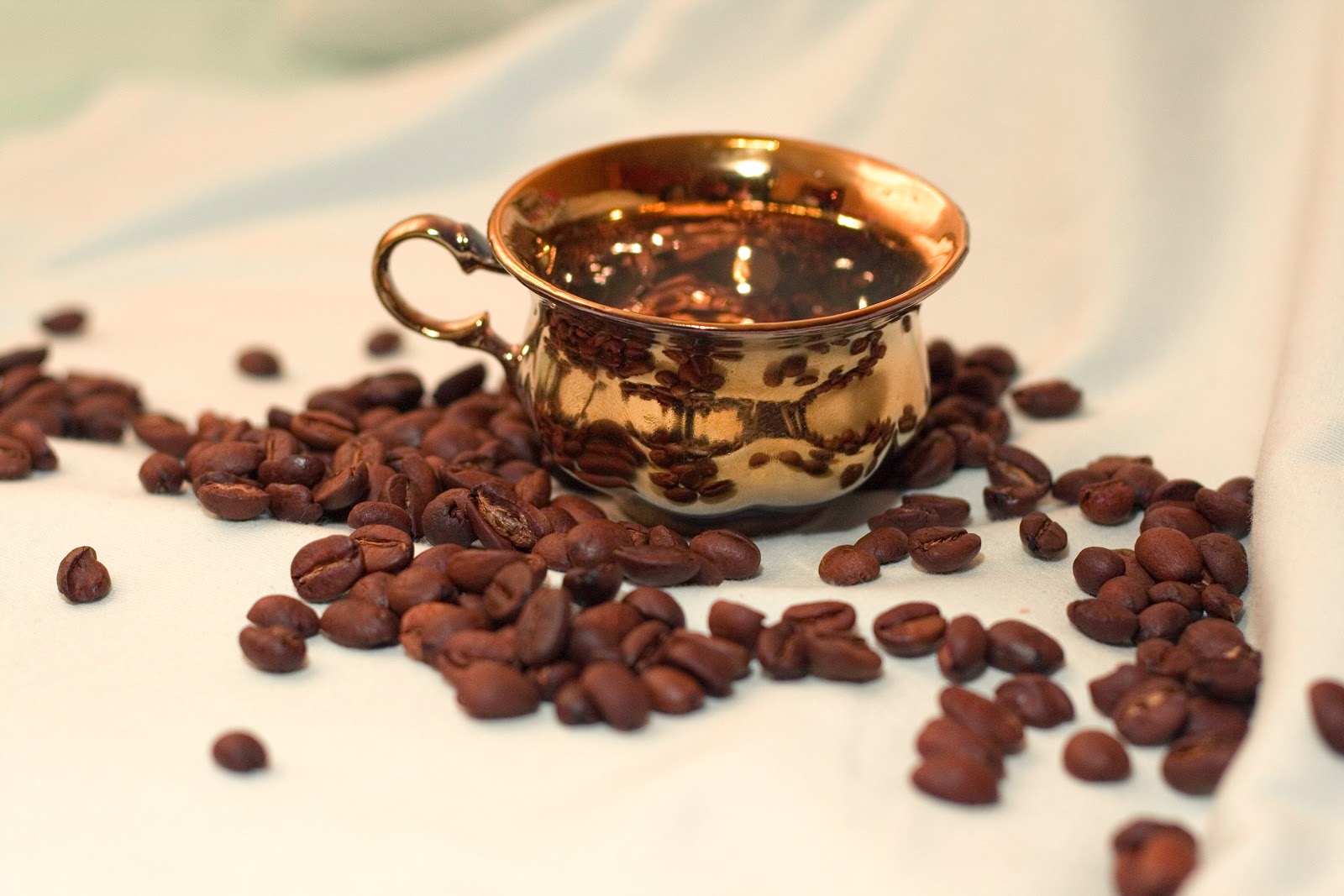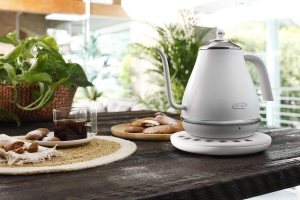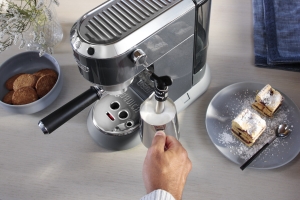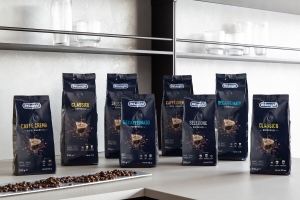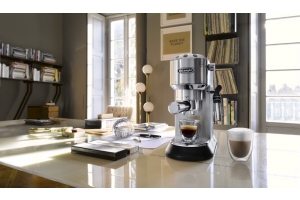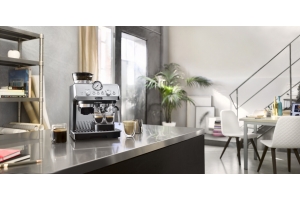arabica
-
Posted: October 20, 2021Categories: The BeanRead more »
It’s easy to get overwhelmed by the endless choices when shopping for coffee beans. To help you navigate the coffee bean market, today we’re taking a step back to discuss the main differences between the two main types of coffee beans: Arabica and Robusta. But first, some quick facts. Arabica beans make up about 60% of worldwide coffee bean production. They grow at higher altitudes and thrive in cooler temperatures of 15 to 24ºC. Arabica beans are primarily grown in South America and Africa. Robusta beans make up most of the remaining 40% of worldwide coffee bean cultivation. They can grow at lower altitudes and thrive in warmer temperatures of 24 to 30ºC. Robusta is mainly grown in Southeast Asia, Africa and Latin America. So, which should you choose? Here are their top differences to help you decide which will suit your taste and lifestyle better.
Taste
Arabica coffee beans tend to have a smoother, sweeter taste with hints of fruits, berries, chocolate or sugar. They come in a wide range of varieties depending on where they are cultivated. Arabica beans can be sweet and soft but also sharp and tangy. The fun part is trying Arabica beans from different regions to see which you like best. [caption id="attachment_20132" align="alignnone" width="800"]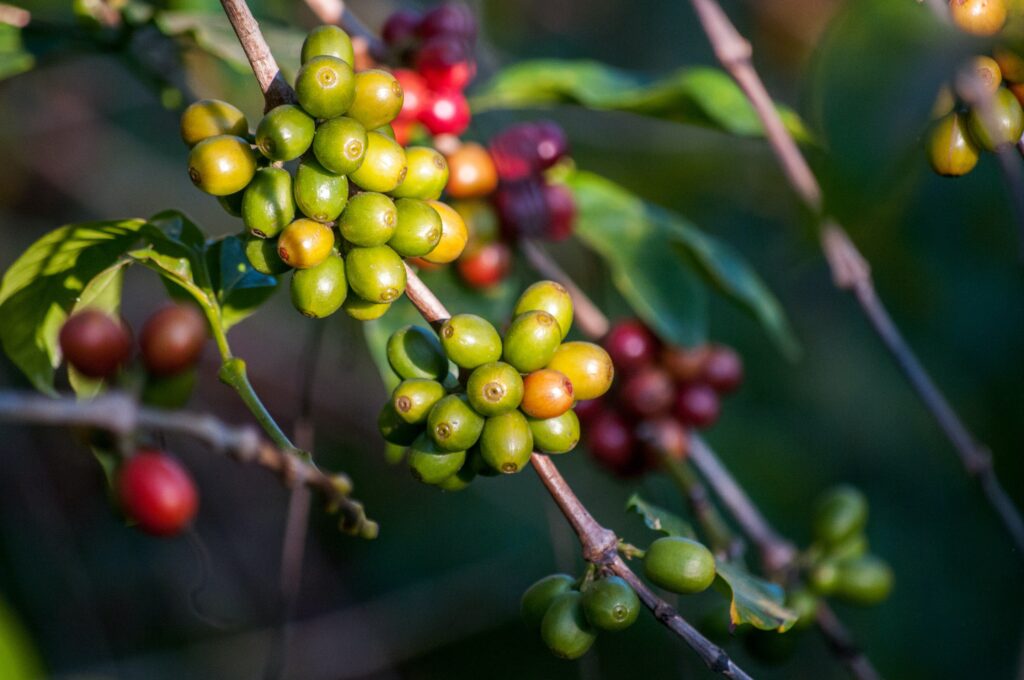
-
Posted: August 11, 2021Categories: The BeanRead more »
Do you like your cup of coffee super caffeinated for that extra kick? Is that strong, nutty, earthy flavour important, or do you prefer fruity, slightly more delicate notes? How you answer questions like that will determine which team you’re on: Arabica or Robusta. If you’re in the camp of “less caffeine” and “light and sweet” tasting notes, then consider picking up these five awesome Arabica roasts, available in either (or both) Singapore and Malaysia. Don’t have a coffee machine just yet? Explore our range of De’Longhi coffee machines for top-notch, cafe-quality java, just the way you like it.
Aceh Gayo Arabica
[caption id="attachment_17604" align="alignnone" width="2560"] The Aceh Gayo Arabica is lauded for its aromatic floral taste that delivers a bright and pleasant mouthfeel. Photo from JJ Royal.[/caption] Straight from the Gayo Plateau in Northern Sumatra, Aceh Gayo Arabica is a specialty-grade Indonesian coffee that gives you a balanced, medium-bodied drink.
The Aceh Gayo Arabica is lauded for its aromatic floral taste that delivers a bright and pleasant mouthfeel. Photo from JJ Royal.[/caption] Straight from the Gayo Plateau in Northern Sumatra, Aceh Gayo Arabica is a specialty-grade Indonesian coffee that gives you a balanced, medium-bodied drink.
-
Posted: May 12, 2021Categories: Coffee 101
-
Posted: January 20, 2021Categories: The BeanRead more »
You’ve probably heard of Arabica coffee, the world’s most popular coffee bean. Second to that is Robusta coffee, which makes up an estimated 40% of global coffee production. When combined, Arabica and Robusta make up close to 99% of coffee beans produced each year, with the rare Liberica making up for the remaining 1%. However, despite Robusta coffee’s high production, it is known to be the “least popular” option in the coffee world. But why? Read on to find out.
Growing Conditions and Characteristics
Robusta coffee beans are harvested from the plant Coffea canephora, which is easy to care for and has higher crop yields than Arabica coffee. Robusta coffee is mainly grown in Vietnam, which accounts for 40% of the world’s Robusta exports, followed by Brazil (25%) and Indonesia (13%). Robusta coffee grows at low altitudes, ranging from sea level to 600 metres. Arabica plants often grow between 2.5-3.5 metres in height compared to the taller Robusta plants, which reach from 4.5-6 metres. Robusta plants are robust just like its name - they can withstand high temperatures and large amounts of rainfall. Moreover, all it takes is 11 months for the Robusta plant to mature and be harvested.Caffeine Content
[caption id="attachment_11307" align="alignnone" width="2560"] Robusta coffee cherries are packed with caffeine, which acts as a pesticide. Photo from
Robusta coffee cherries are packed with caffeine, which acts as a pesticide. Photo from
-
Posted: November 18, 2020Categories: Coffee 101
-
Posted: September 30, 2020Categories: The BeanRead more »
Perk up, coffee fans. It's National Coffee Day on 1st October every year and there's no better way to celebrate this caffeinated day other than learning more about the world's most popular coffee bean, the Arabica. Arabica plants are considered to produce some of the world’s finest coffee beans and contribute to approximately 60% of global coffee production - the highest amongst other coffee varieties. But what is Arabica coffee, and why is everyone in love with it? In this article, learn more about the history of this bean and how to enjoy it like a pro.
How the Arabica Was Discovered
Known as the “Adam and Eve” of coffee, the discovery of the Arabica coffee bean dates back to about 1,000 BC in the highlands of the Kingdom of Kefa, known as Ethiopia in present day. It is said that native tribes used to crush the beans, mix it with fat, shape it into balls and consume it as an energy booster. It was not until the 7th century when the bean made its way to Yemen and lower Arabia. It was then that the bean got its name “Coffea Arabica”. In Yemen, Arab scholars discovered that making coffee from roasted Arabica beans helped them to stay awake while studying. Soon after, this magical stimulant called coffee spread among the Egyptians and Turks, and subsequently, the rest of the world. Learn about coffee and its beans from around the world.Where and How It Is Grown
[caption id="attachment_10006" align="alignnone" width="2560"] Arabica trees thrive in high altitudes and can withstand colder climates. Photo from
Arabica trees thrive in high altitudes and can withstand colder climates. Photo from
-
Posted: August 19, 2020Categories: Coffee 101
-
Posted: April 08, 2020Categories: The BeanRead more »
We’ve all been there at some point - staring at a selection of coffee beans, reading about its origin and flavour profiles, but still feeling disappointed upon taking the first sip of that brew. Who would have known that the process of choosing the right beans for ourselves is similar, if not, more mind-boggling than buying a dream car? There are a few key factors to take into consideration when you are next making that important choice of choosing the right beans. After all, it is that perfect cup that gets our day off to a right start.
1. Knowing your beans
There are two main coffee beans sold commercially in the market today, Robusta and Arabica. On one hand, Robusta has a full-bodied and bitter taste. On the other, Arabica gravitates toward being slightly acidic with a fruity and delicate taste. These beans have varying growing conditions and so it’s no surprise that coffee harvested in one country will taste differently from the other. The altitude, rainfall, climate, and soil conditions each play a prominent role in the flavours and aroma of your resulting brew. Here’s a more comprehensive guide on knowing your coffee beans.2. Selecting the coffee roast
[caption id="attachment_6403" align="alignnone" width="2560"] More than just the colour of the coffee beans, roasting time affects the flavour profile of a brew. Photo from Erick Zajac[/caption] When one takes in a whiff of a raw, green coffee bean that is freshly harvested, its aroma resembles a green pepper rather than the familiar aroma of your favou
More than just the colour of the coffee beans, roasting time affects the flavour profile of a brew. Photo from Erick Zajac[/caption] When one takes in a whiff of a raw, green coffee bean that is freshly harvested, its aroma resembles a green pepper rather than the familiar aroma of your favou
-
Posted: December 18, 2019Categories: Coffee 101
-
Posted: October 09, 2019Categories: The BeanRead more »
It’s common knowledge that most of the coffee beans produced commercially come from two varieties: Arabica and Robusta. But did you know that there are actually other lesser-known varieties of coffee bean? One of them is Liberica, which accounts for less than 2% of commercially-produced coffee worldwide. In this article, we’ll tell you all you need to know about the world’s rarest type of coffee.
What’s so special about Liberica?
[caption id="attachment_7483" align="alignnone" width="1200"] A Liberica coffee bean (middle) flanked by Arabica beans. Liberica beans are larger and irregular in shape compared to Arabica beans. Photo from Fernando Medrano[/caption] Originating from Liberia in West Africa, the Liberica coffee plant produces larger, irregular-shaped cherries compared to Arabica plants. It’s said to have a floral and fruity aroma, but when made into coffee, has a full-bodied, woody taste. Those who have been lucky enough to try Liberica coffee say it tastes unlike any coffee they’ve had before. Thanks to its complex flavour profile, Liberica beans are often added to coffee blends to give it more dimension. [caption id="attachment_7486" align="alignn
A Liberica coffee bean (middle) flanked by Arabica beans. Liberica beans are larger and irregular in shape compared to Arabica beans. Photo from Fernando Medrano[/caption] Originating from Liberia in West Africa, the Liberica coffee plant produces larger, irregular-shaped cherries compared to Arabica plants. It’s said to have a floral and fruity aroma, but when made into coffee, has a full-bodied, woody taste. Those who have been lucky enough to try Liberica coffee say it tastes unlike any coffee they’ve had before. Thanks to its complex flavour profile, Liberica beans are often added to coffee blends to give it more dimension. [caption id="attachment_7486" align="alignn







